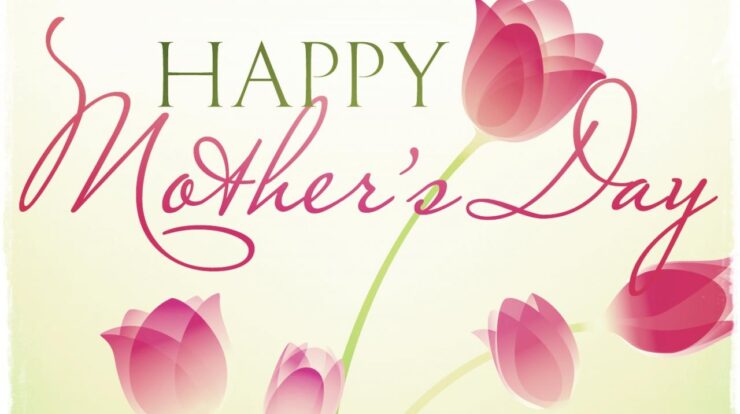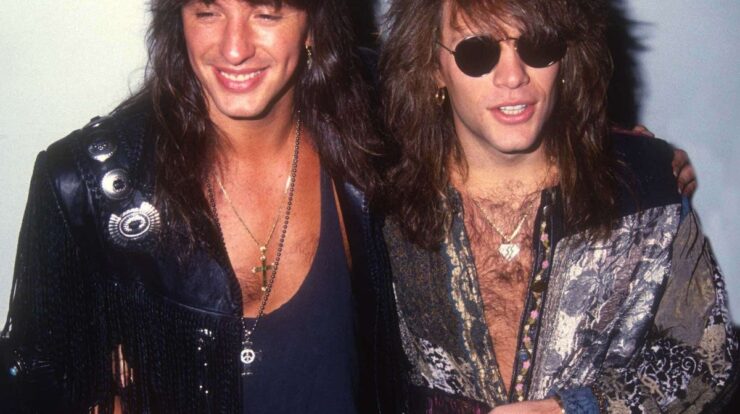
King of netherlands – King Willem-Alexander, the reigning monarch of the Netherlands, presides over a rich tapestry of history, tradition, and modernity. From his coronation in 2013 to his stewardship of the Dutch monarchy, his reign has been marked by significant events and achievements.
The Dutch monarchy traces its roots back centuries, with a lineage of influential figures and pivotal moments that have shaped its development. Today, the royal family stands as a symbol of national unity and cultural heritage, while the monarchy itself continues to evolve in the face of changing social norms.
Willem-Alexander: The Reigning Monarch

King Willem-Alexander is the reigning monarch of the Netherlands. He ascended to the throne in 2013 after the abdication of his mother, Queen Beatrix. As the head of state, King Willem-Alexander plays a vital role in representing the Netherlands domestically and internationally.
His responsibilities include signing legislation into law, opening Parliament, and appointing government officials. He also serves as the Commander-in-Chief of the Dutch Armed Forces.
King Willem-Alexander’s coronation took place in the Nieuwe Kerk in Amsterdam on April 30, 2013. The ceremony was attended by dignitaries from around the world and marked the beginning of his reign.
Key Achievements
- Promoting environmental sustainability and climate action
- Strengthening international relations and promoting peace
- Supporting education and innovation
- Encouraging social cohesion and integration
Significant Events
- 2014: State visit to China
- 2015: Opening of the new Rijksmuseum in Amsterdam
- 2017: Marriage of Crown Princess Amalia to Prince Bernhard of Orange-Nassau
- 2020: COVID-19 pandemic and national lockdown
Historical Context of the Dutch Monarchy
The Dutch monarchy traces its origins back to the medieval period. In the 16th century, the Netherlands became part of the Habsburg Empire. During the Dutch Revolt (1568-1648), the Netherlands gained independence from Spain.
The first stadholder (governor) of the Dutch Republic was William the Silent. His son, Maurice of Nassau, succeeded him and played a key role in the Dutch Golden Age.
Key Historical Figures
- William the Silent
- Maurice of Nassau
- William III of Orange
- Queen Wilhelmina
Events
- Dutch Revolt (1568-1648)
- Dutch Golden Age (16th-17th centuries)
- Batavian Revolution (1795)
- Belgian Revolution (1830)
Royal Family and Lineage
The Dutch royal family consists of King Willem-Alexander, Queen Máxima, and their three daughters: Crown Princess Amalia, Princess Alexia, and Princess Ariane.
The line of succession to the Dutch throne is determined by male-preference primogeniture. This means that the eldest son of the reigning monarch is the heir to the throne.
Marriages and Births
- King Willem-Alexander married Queen Máxima in 2002.
- Crown Princess Amalia was born in 2003.
- Princess Alexia was born in 2005.
- Princess Ariane was born in 2007.
Royal Palaces and Residences
The Dutch royal family has several official residences, including the Royal Palace of Amsterdam, the Palace Het Loo, and the Noordeinde Palace.
Royal Palace of Amsterdam
The Royal Palace of Amsterdam is the official residence of the Dutch royal family in the city of Amsterdam. It was built in the 17th century and has been renovated several times over the years.
Palace Het Loo
Palace Het Loo is a former royal palace located in the town of Apeldoorn. It was built in the 17th century and served as the summer residence of the Dutch royal family until 1975.
Noordeinde Palace
Noordeinde Palace is the official residence of the Dutch royal family in The Hague. It was built in the 16th century and has been renovated several times over the years.
Royal Ceremonies and Traditions
The Dutch monarchy has a number of traditional ceremonies and events, including the King’s Day celebrations and the Opening of Parliament.
King’s Day
King’s Day is a national holiday in the Netherlands that is celebrated on April 27th, the birthday of King Willem-Alexander. On this day, people across the country celebrate with orange-themed parties, parades, and music.
Opening of Parliament, King of netherlands
The Opening of Parliament is a ceremony that takes place every year on the third Tuesday of September. The King delivers the Speech from the Throne, which Artikels the government’s plans for the coming year.
The Monarchy in Modern Netherlands: King Of Netherlands

The Dutch monarchy is a constitutional monarchy. This means that the King’s powers are limited by the Constitution of the Netherlands.
The monarchy plays an important role in preserving Dutch cultural heritage and traditions. The King is also a symbol of national unity and stability.
Public Perceptions
The Dutch monarchy is generally popular among the Dutch people. However, there have been some calls for the monarchy to be abolished.
Tourism
The Dutch monarchy is a major tourist attraction. Visitors from around the world come to the Netherlands to see the royal palaces, attend royal events, and learn about the history of the monarchy.
Final Thoughts
As the Netherlands navigates the 21st century, the role of the monarchy remains a subject of ongoing debate. Yet, the enduring legacy of the Dutch monarchy, embodied by King Willem-Alexander, serves as a testament to its enduring significance in the fabric of Dutch society.
FAQ Resource
What is the role of King Willem-Alexander?
As the reigning monarch, King Willem-Alexander serves as the head of state, representing the Netherlands both domestically and internationally. He also plays a ceremonial role in government and social events.
How long has King Willem-Alexander been reigning?
King Willem-Alexander ascended to the throne in 2013, following the abdication of his mother, Queen Beatrix.
What is the significance of the Dutch monarchy?
The Dutch monarchy is a symbol of national unity and cultural heritage. It serves as a guardian of Dutch traditions and values, while also adapting to the changing social landscape.





